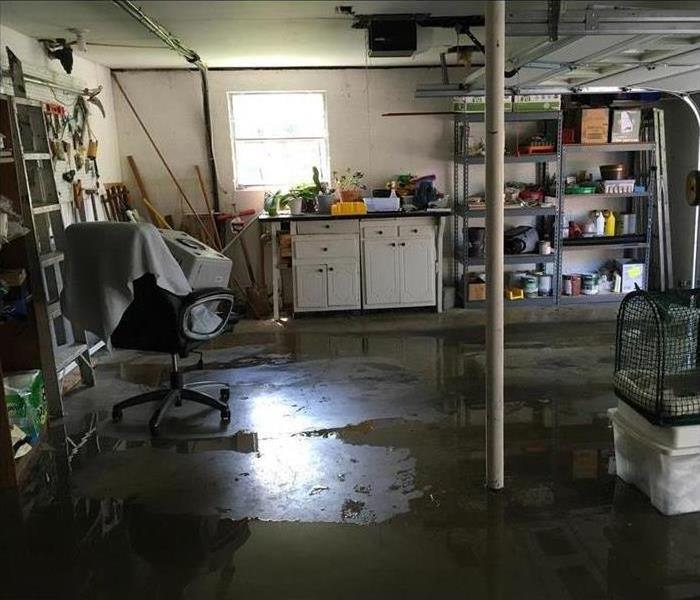Extra Steps: How To Clean Up After a Storm
6/27/2022 (Permalink)
How To Clean Up After a Storm
If a pipe bursts in your home in Apison, TN, you will likely have some flooding to handle. A flood from a storm, however, takes remediation to another level. Not only do you need to dry out your home, but you also will need to disinfect your home, both in areas that are directly affected and those that may be vulnerable to secondary damage.
Extracting Water
The first step to remediating any water damage is to remove the excess water from the area. With a flood with Category 1 water, the process is pretty straightforward:
- Remove standing water
- Dry remaining surfaces
- Repair or replace damaged materials
Floodwater from a storm, however, is considered Category 3 water. It is contaminated and may contain all sorts of bacteria, viruses and other microbes. If you have flooding from a storm, flood mitigation experts must clean your home thoroughly after getting rid of the water.
Disinfecting Area
Anything that comes into contact with the floodwater must be disinfected before your home is considered habitable again. Technicians use specific detergents and industrial-strength cleaners to make sure all surfaces are sterilized. Then they test to ensure that the cleaners did the job well.
Cleaning Home
Even if part of your home doesn’t have flood damage, it may still be impacted and need attention. For example, it is a good idea to have technicians clean your HVAC unit. That much floodwater can significantly increase the humidity in your home, making all of it susceptible to mold growth. Cleaning and drying the ducts can discourage fungus from growing in hidden areas.
While there’s no such thing as a good kind of flooding, damage from clean water can be easier to clean up than issues resulting from storm water. Getting rid of the water is not enough; you must also make sure that your home is properly disinfected before technicians are finished with the job.






 24/7 Emergency Service
24/7 Emergency Service
